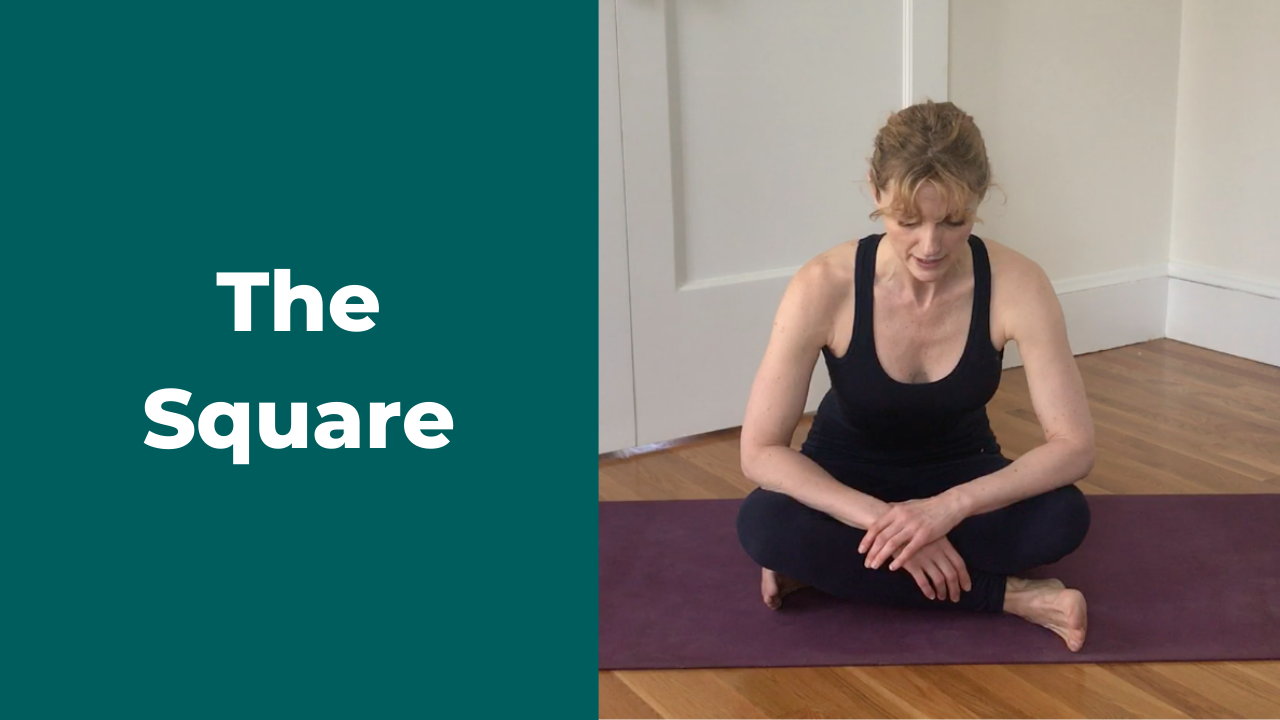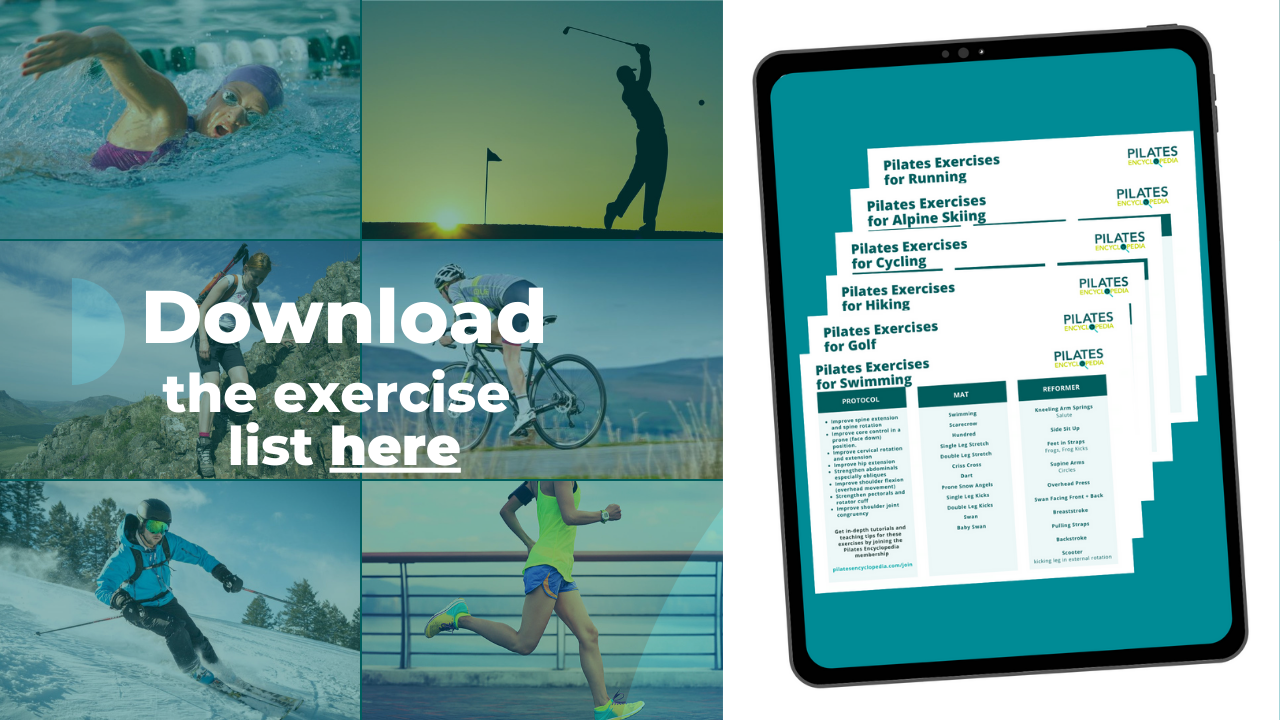The Best Stretch after Running, Hiking, and Cycling
Jun 10, 2020
Have you ever felt your lower back or the sides of your hip ache after a long hike, bike ride, or run? I’m sure you do your lunge (hip flexor stretch) and a hamstring stretch religiously after each workout, am I right? Do you still feel that tightness at the sides of the hips?
The reason for this might be your OTHER hip flexors. Three muscles on the side of the hip (gluteus medius, gluteus minimus, and tensor fasciae latae) are responsible for stabilizing the hip joint so your pelvis stays on top of your legs, where it belongs, instead of collapsing. They also work as hip flexors. Sitting, spinning, hiking - all movements where you lift your knee forward, engage your hip flexor muscle group (more than one muscle).
If these three muscles get too tight, they prevent your hip joints from moving freely. When the hips don’t move freely, something else jumps in to create the movement instead. Very often it’s your poor spine, as the compensation patterns kick in. Needless to say, this creates pain in the lower back and, unfortunately, it will only go downhill from there. Yikes!
To relieve this issue, try this stretch that I found in the practice of Yin Yoga called Square (or Double Pigeon or Firelog Pose). It helped me get rid of mild but constant low back pain. I move my body all the time in all kinds of ways, but this is the only stretch that made a difference for this particular issue.
Warning: If you have trouble sitting cross-legged on the floor, this might be extremely difficult for you. So please, ease your way into it.
But at the same time, if you have trouble sitting cross-legged on the floor, you need to be doing this stretch …a lot!
Humans used to squat and sit on the floor all the time because they didn’t have chairs, so our hips were used to this and our backs were more stable. Not so much anymore. Over the course of our life — probably starting at age 5 or so, when we had to sit in chairs for many hours in school — our hips have lost the ability to move into this position. And our poor backs have had to carry the load.
Knee Pain?
This stretch can be tricky for your knees, especially if your legs are several inches away from the floor. In this case, I highly recommend you place a rolled blanket underneath your knees so they can relax onto the blanket. This should help with any knee pain.
Also, check that your feet are really flexed, so the toes are pulled up toward the shin and the heel is pushed away from you, as this activates the muscles around the knee and hence protects the knee joint.
All right, ready?
Since I can’t see you while you attempt this stretch, remember these two crucial points to be safe.
- Pain is a warning sign from your body that something is not right. The stretch should not be painful but should feel yummy. If it’s painful, you’re trying too hard. Ease an inch or two out of the stretch.
- You have to experiment with the right position for your body. Often adjusting one leg half an inch to the right or left will make a huge difference in efficiency and comfort.
I hope this stretch helps you and lets you move through your life pain-free and doing the activities you love!
Related:
Exercise Recommendations for Different Types of Sports
In the PROTOCOLS chapter of the Pilates Encyclopedia, we have specific exercise lists and recommendations for runners, hikers, and cyclists.
Do you want to have a list of appropriate exercises for Sports and Activities?











